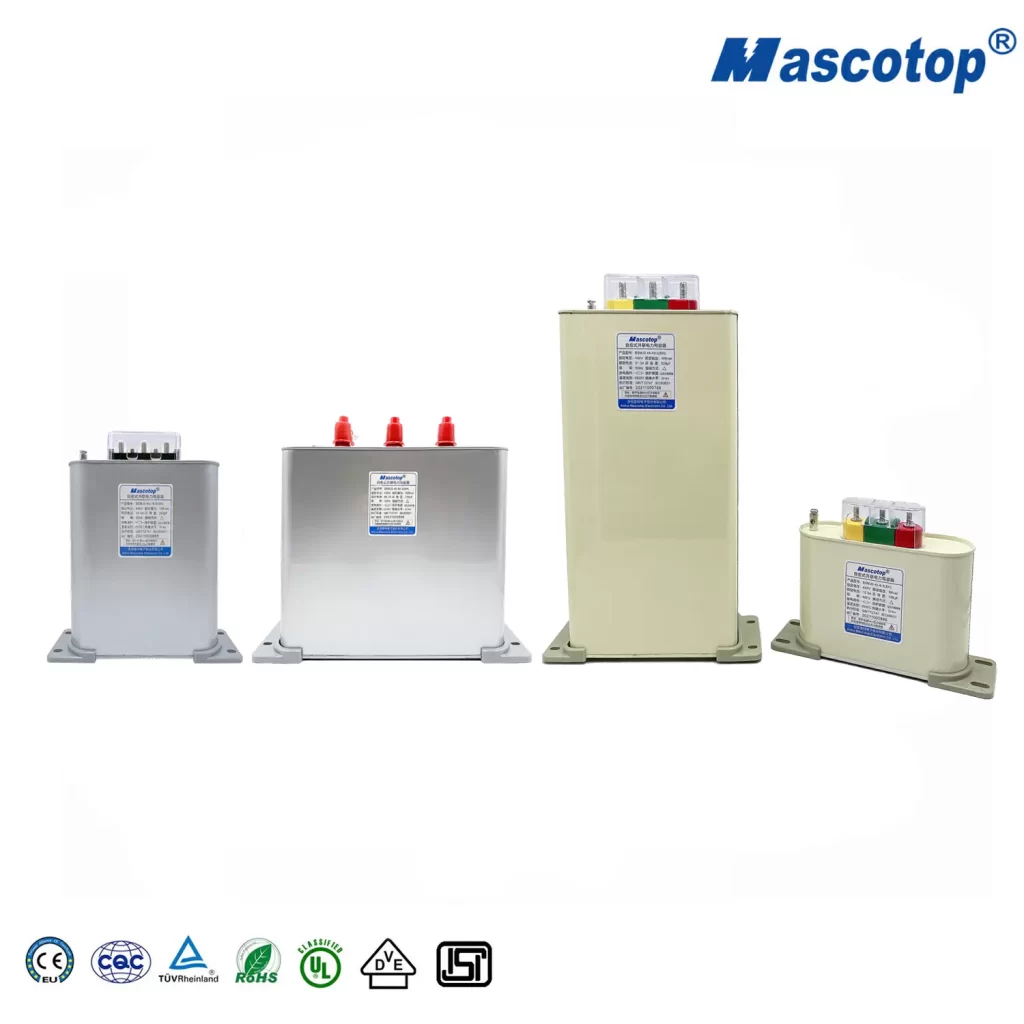
Low voltage capacitors are indispensable components in a wide array of electronic devices and systems. Although they may not always receive the same level of attention as other electronic components, their importance should not be underestimated. These small yet powerful devices play a pivotal role in numerous devices and systems that surround us.
Table of Contents
Toggle
At its core, a low voltage capacitor consists of two conductive plates separated by a dielectric material. When a voltage is applied across the plates, the capacitor stores electrical energy, which can be released when required.

Charging Process:
Upon connecting the low voltage capacitor to a power source, the charging process initiates. Electrons flow from the negative terminal to one plate (the cathode), while an equal number of electrons are drawn from the other plate (the anode). This charge separation creates an electric potential difference between the plates.
Energy Storage:
The dielectric material within the capacitor acts as an insulator, preventing direct electron flow between the plates. However, it allows the establishment of an electric field, storing electrical energy in the form of separated charges on the plates. The capacitance value, determined by factors such as plate area, distance between plates, and dielectric properties, affects the amount of energy the capacitor can store.
Discharging and Energy Release:
When the capacitor is connected to a circuit, the stored energy can be discharged. The electric field collapses, and the charge flows from one plate to the other through the circuit. This discharge provides a burst of energy for various purposes, such as powering up a device or compensating for sudden power spikes.
Applications and Benefits:
Low voltage capacitors have wide-ranging applications in consumer electronics, telecommunications, automotive systems, and more. They play a crucial role in stabilizing voltages, filtering out electrical noise, and providing backup power when necessary. These versatile devices are also utilized in timing circuits, oscillators, filters, and energy storage systems.
Factors to Consider:
When selecting a low voltage capacitor, several factors should be considered, including capacitance value, maximum voltage rating, operating temperature range, size, and lifespan. It is essential to choose a capacitor that meets the specific requirements of your application while adhering to safety standards.
Low voltage capacitors may appear small and inconspicuous, but their impact is significant. Understanding their functionality provides insights into their critical role in electronic systems. From energy storage to delivering quick bursts of power, low voltage capacitors enable the functionality and reliability of numerous electronic devices we depend on daily.
As a leading capacitors manufacturer, we take immense pride in our expertise in research and development, positioning us as industry leaders. Our wide range of capacitors, including film capacitors, microwave high voltage capacitors, motor start capacitors, and more, offer unparalleled options to meet diverse needs. Furthermore, we provide wholesale and export services, ensuring seamless transactions for our global customers. Place your trust in our professionalism and experience the difference of working with a premier capacitors manufacturer.
Previous page:What type of capacitor is CBB60?
Next page:What are the applications of low voltage capacitors?